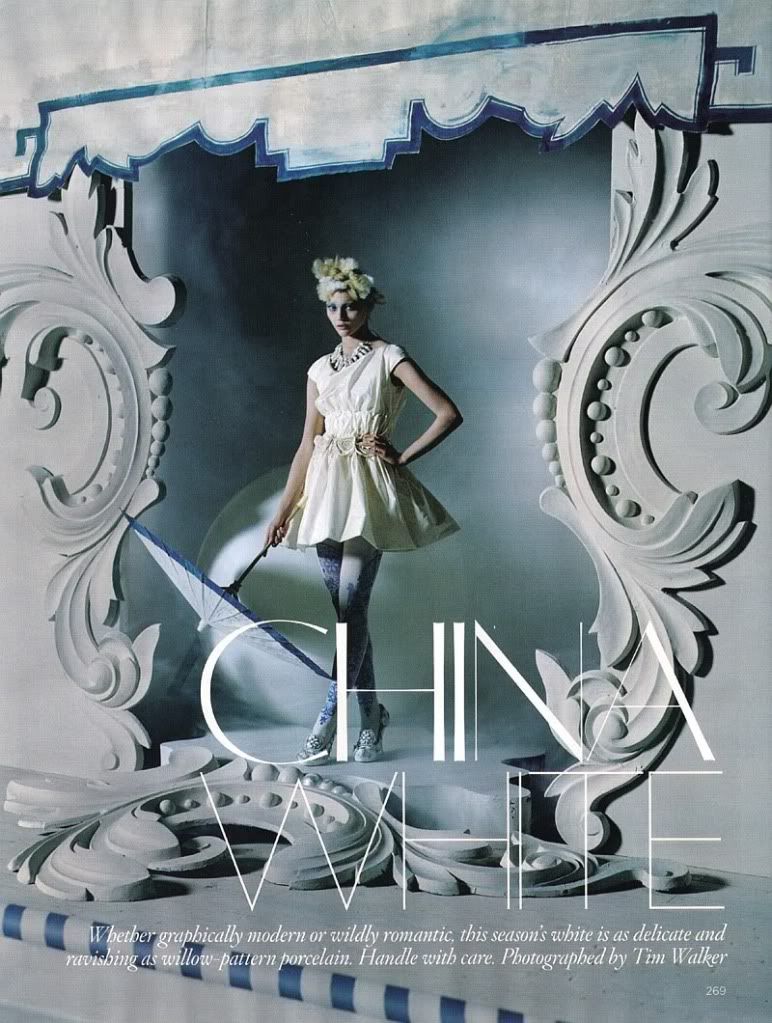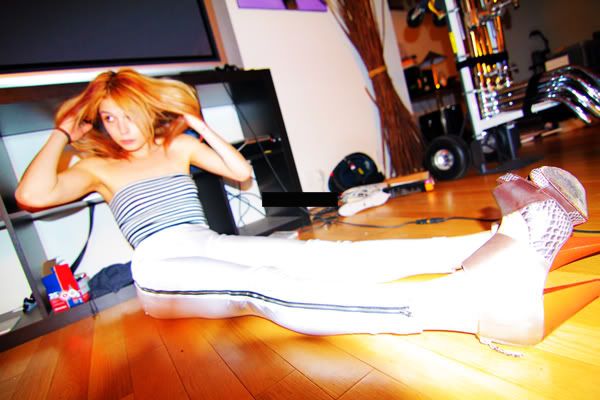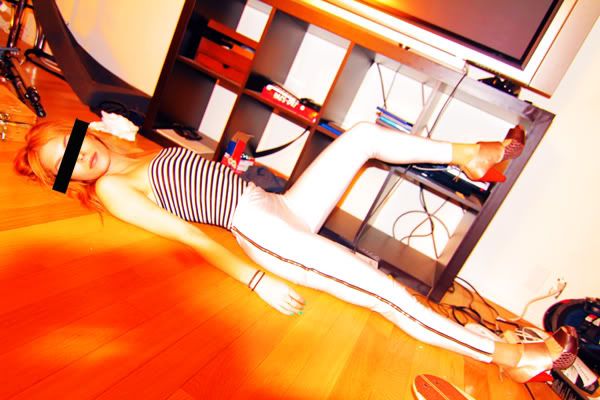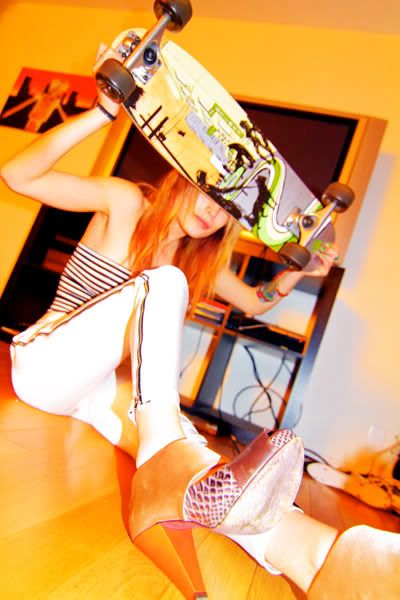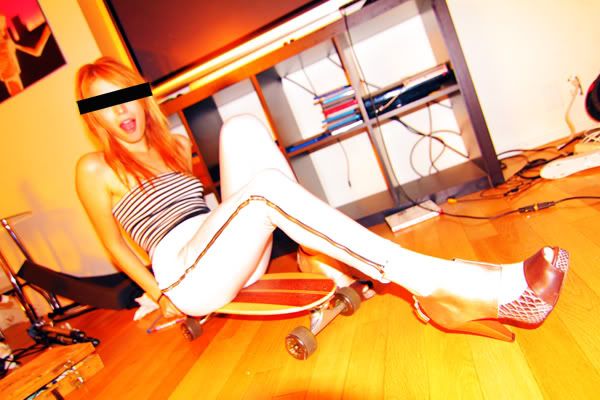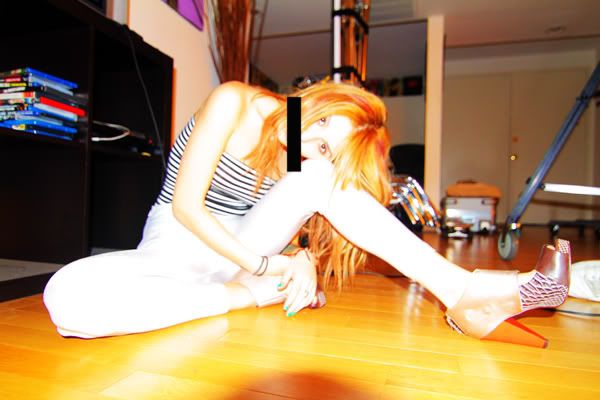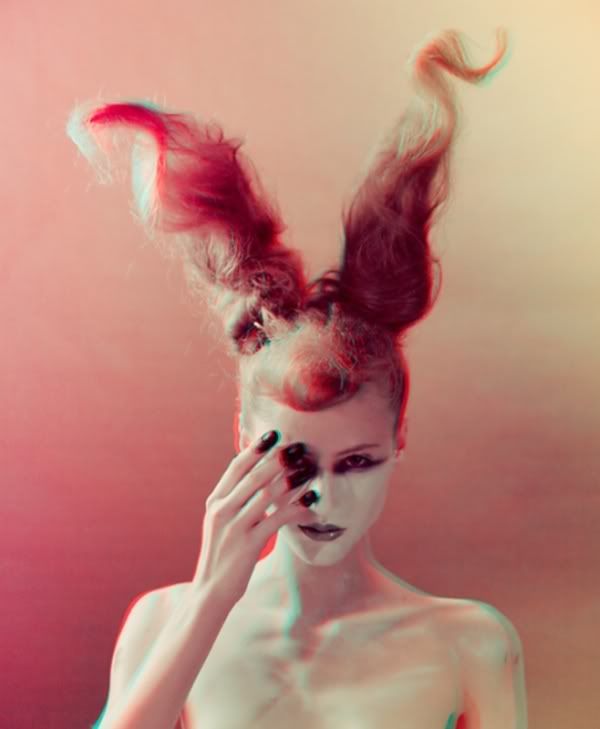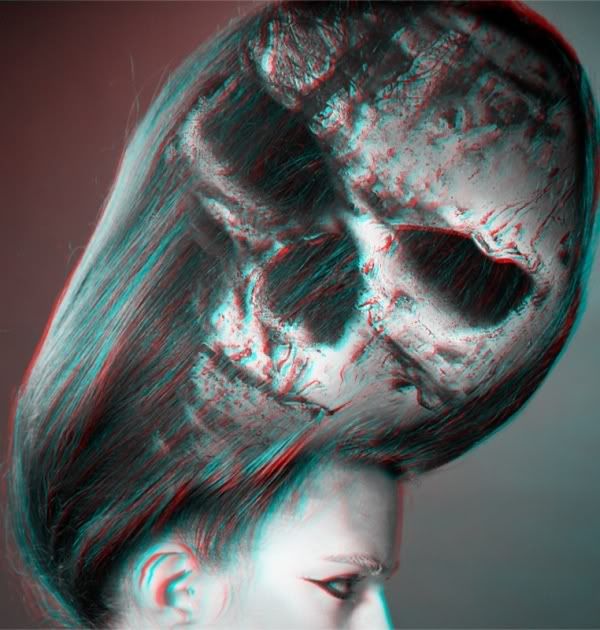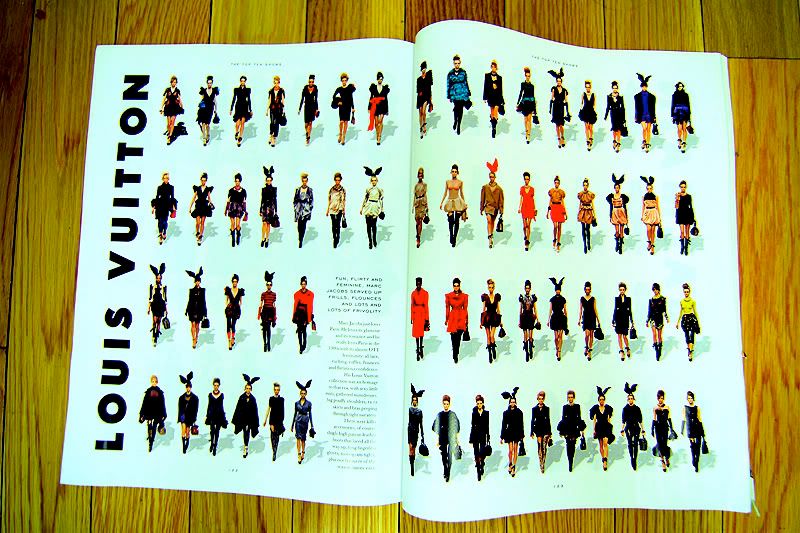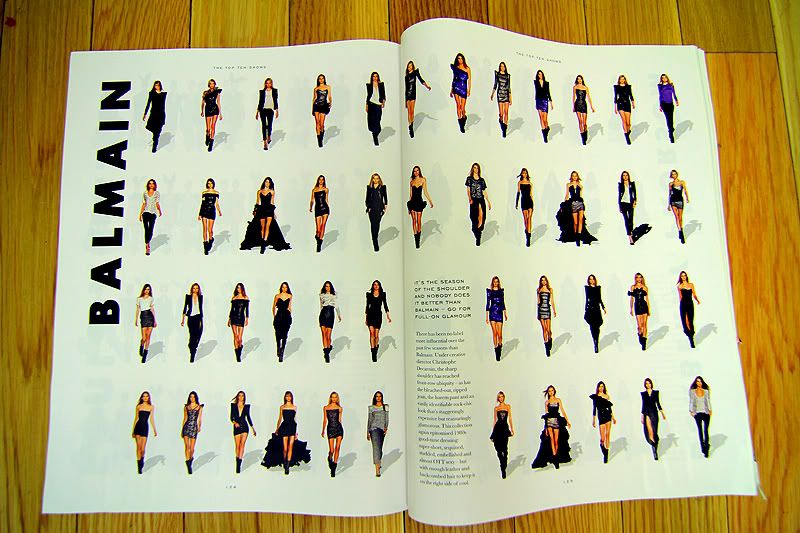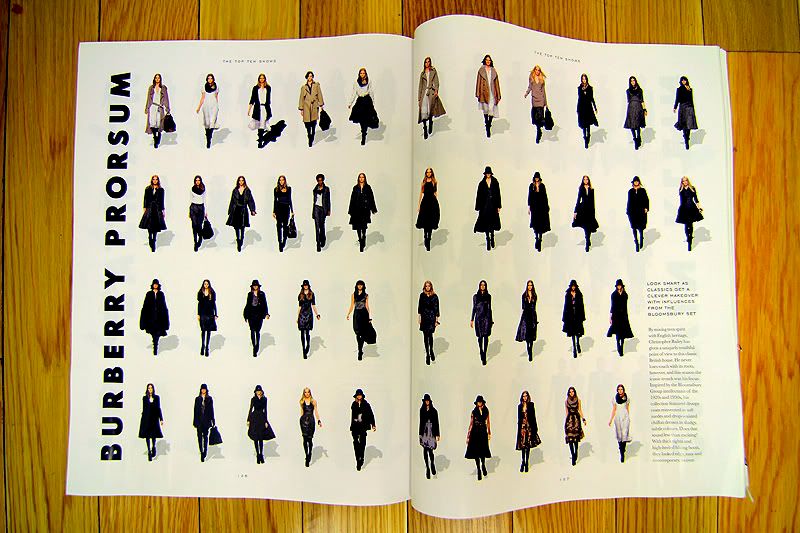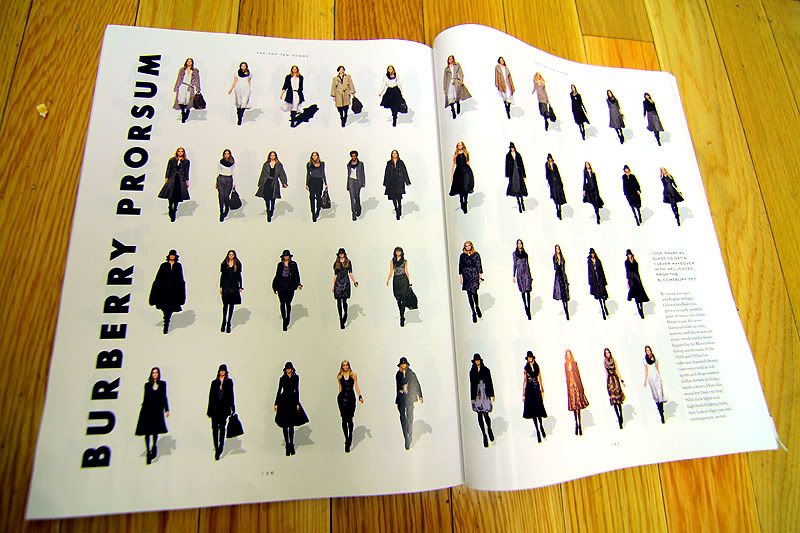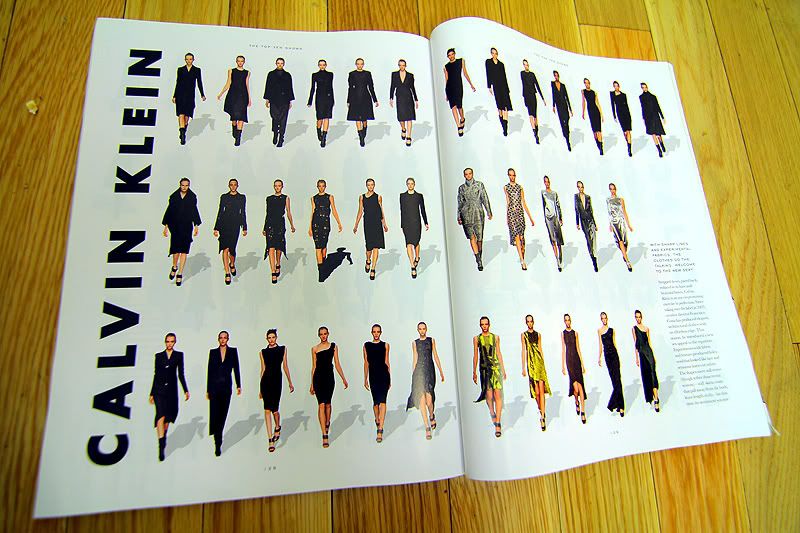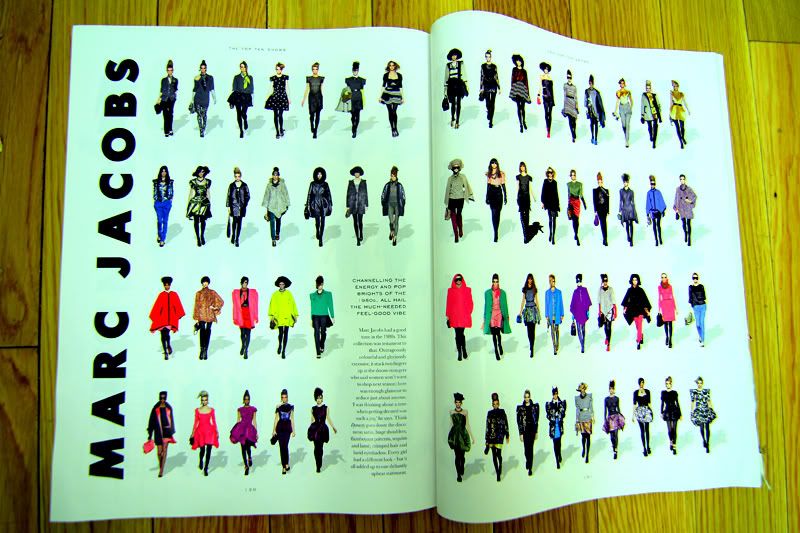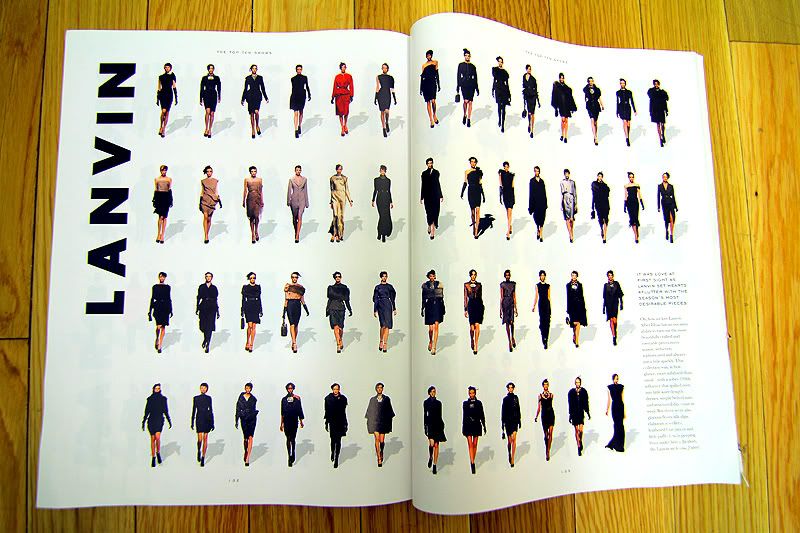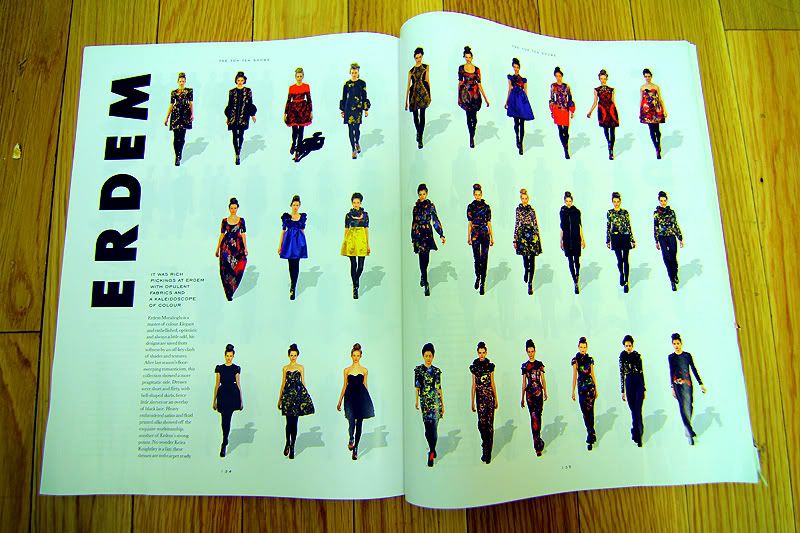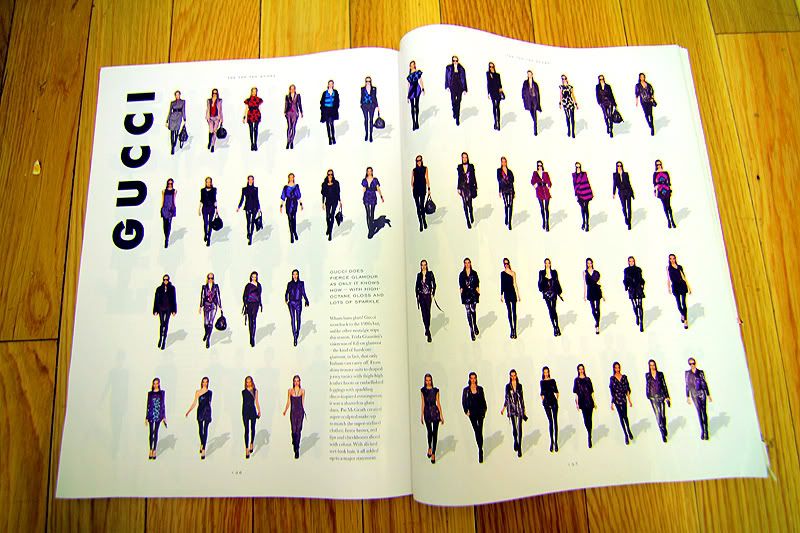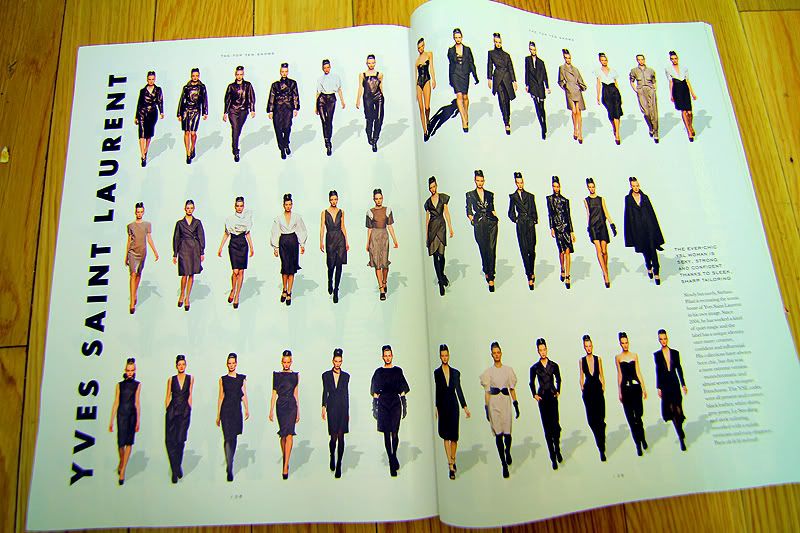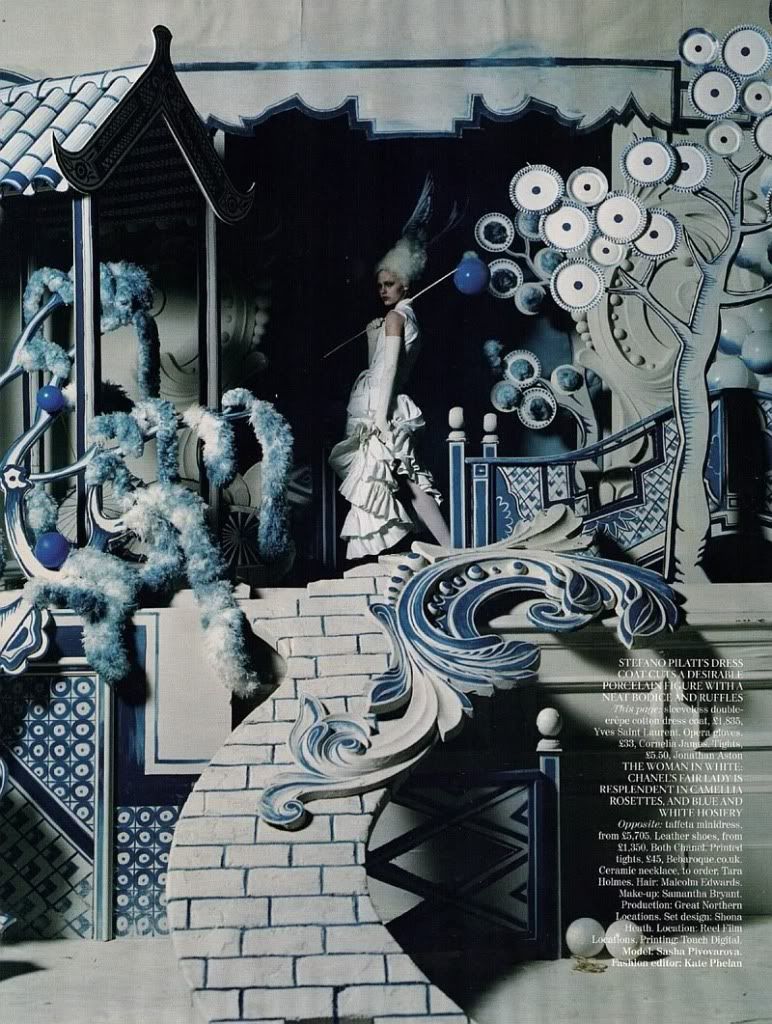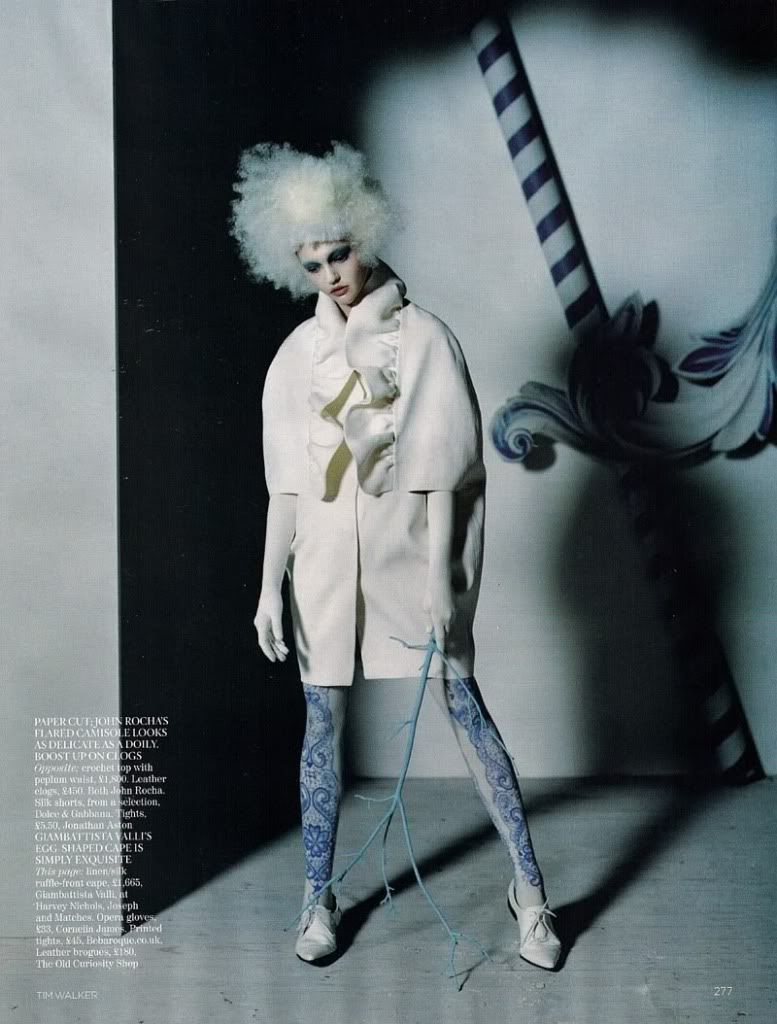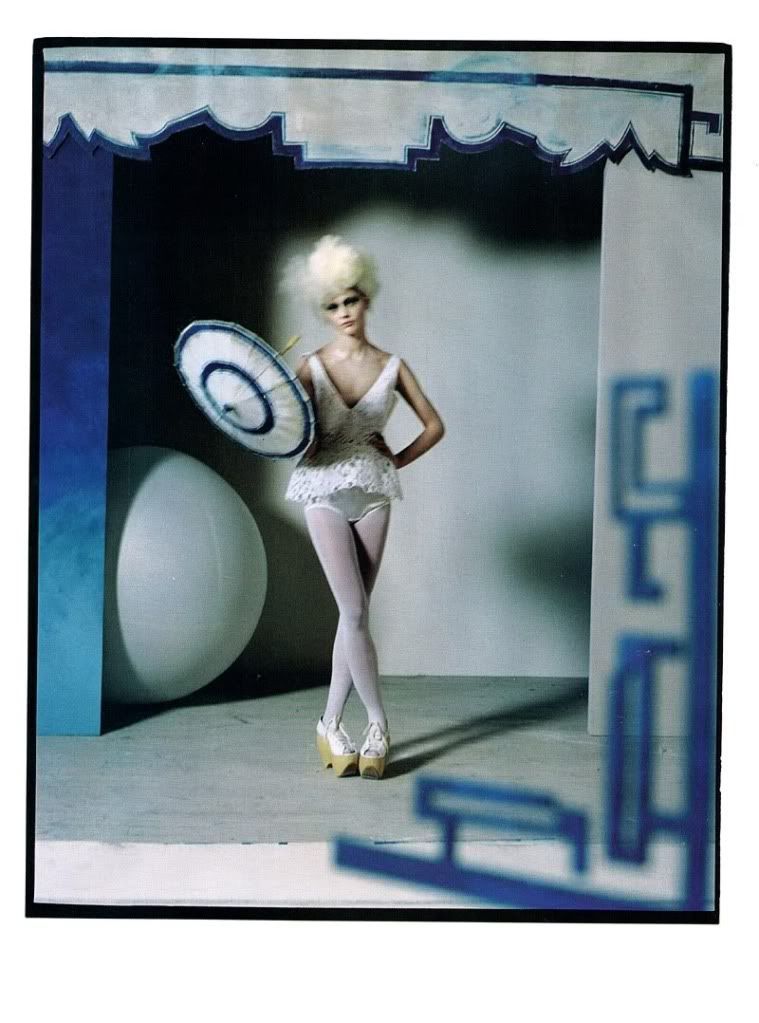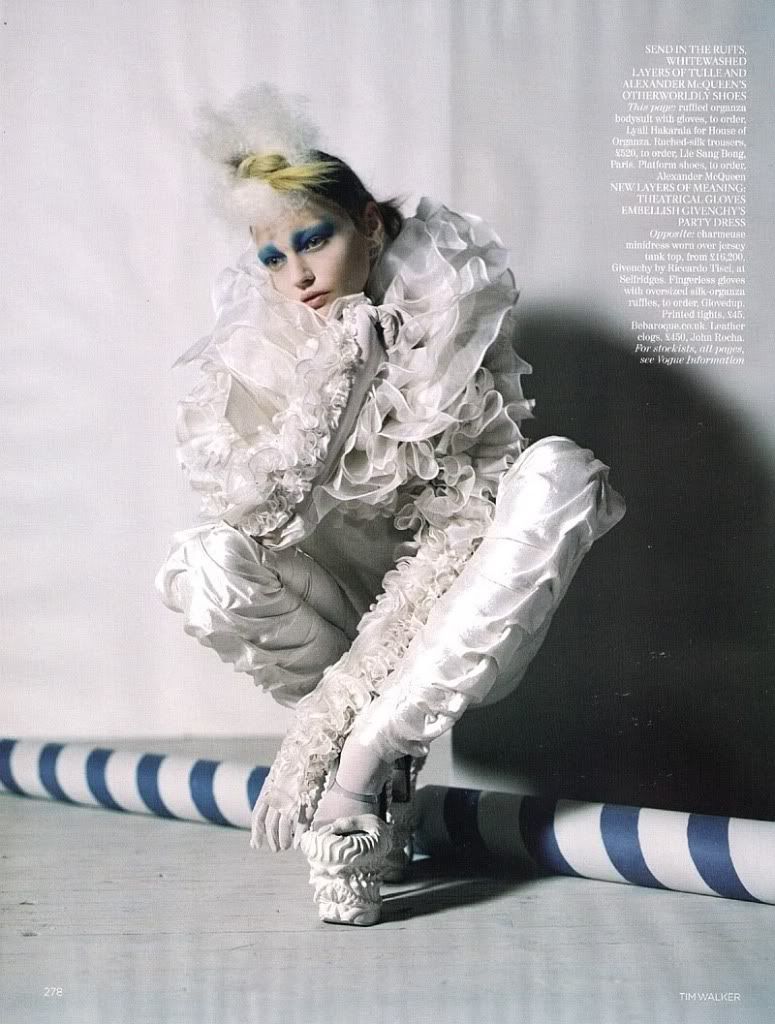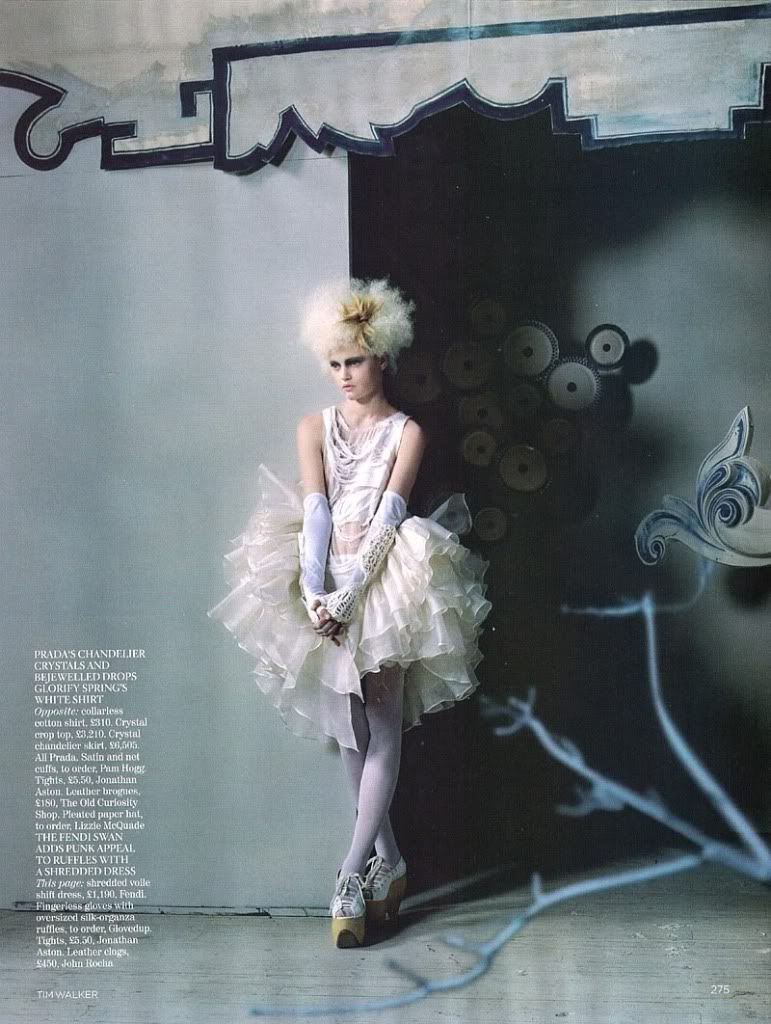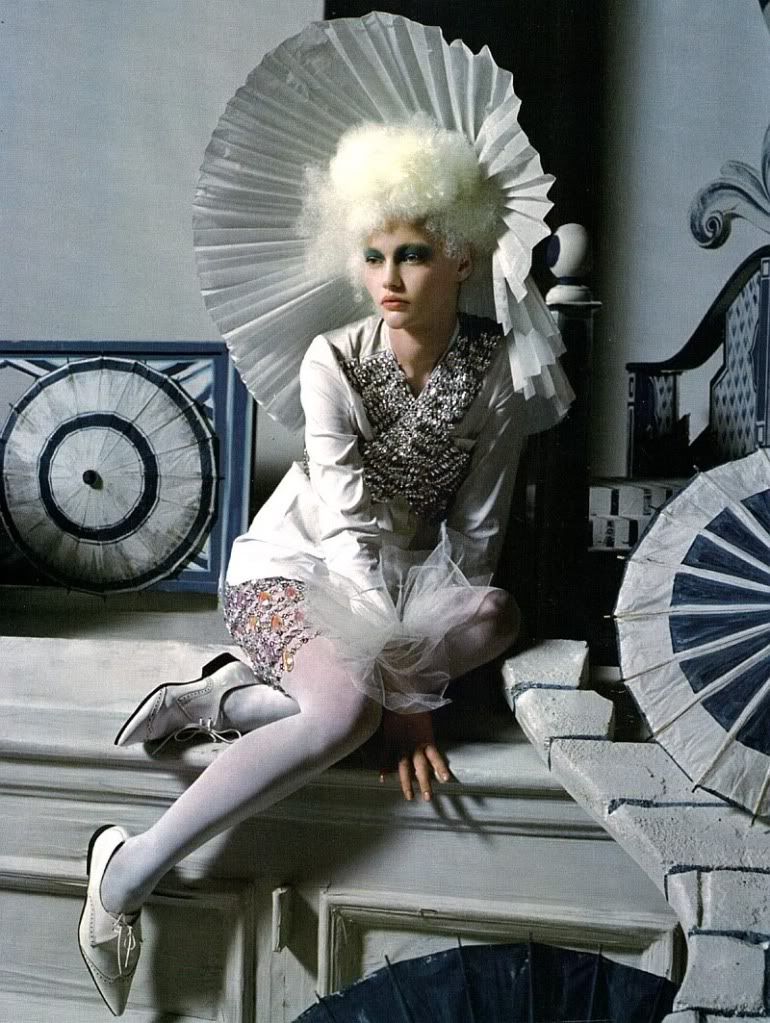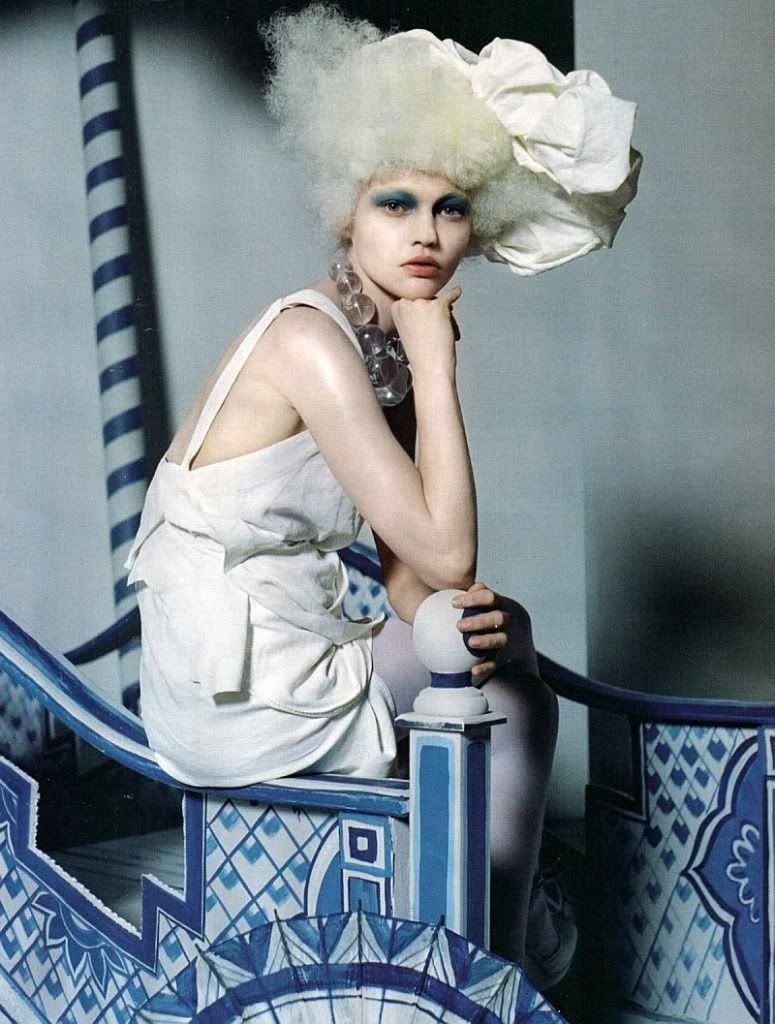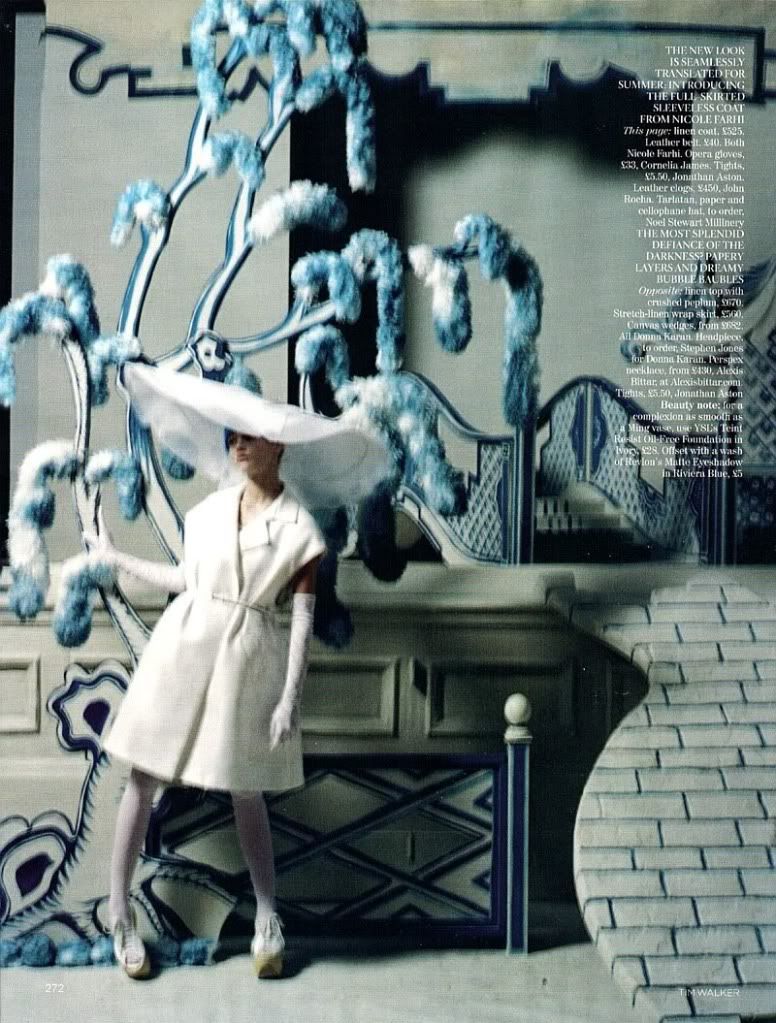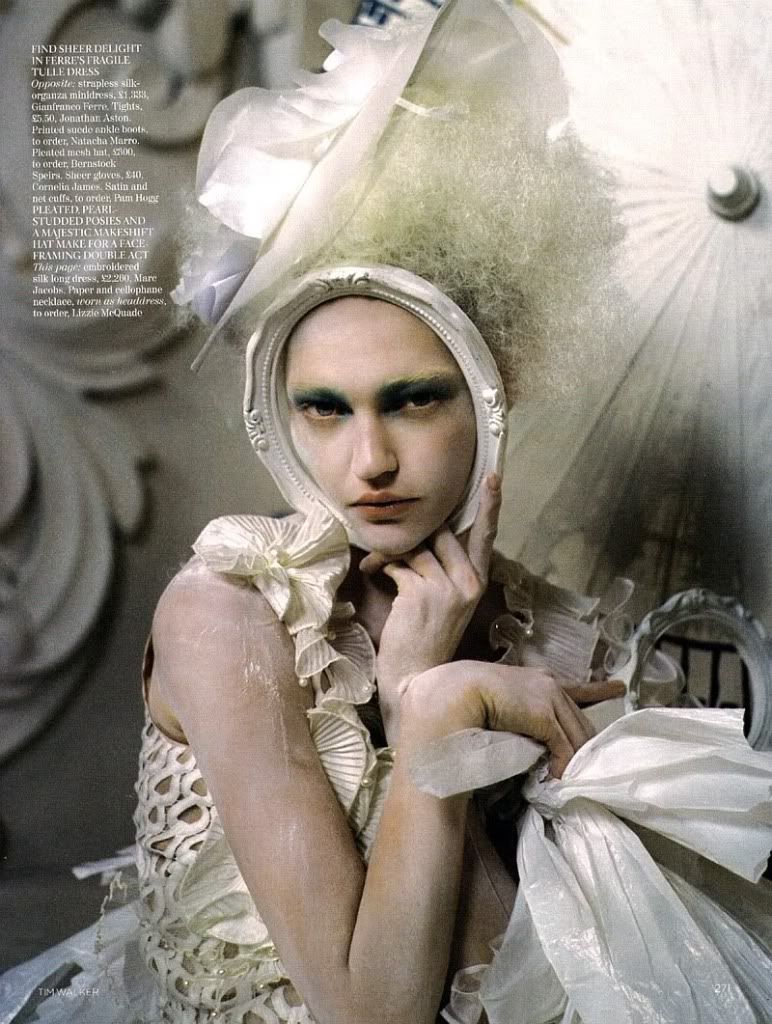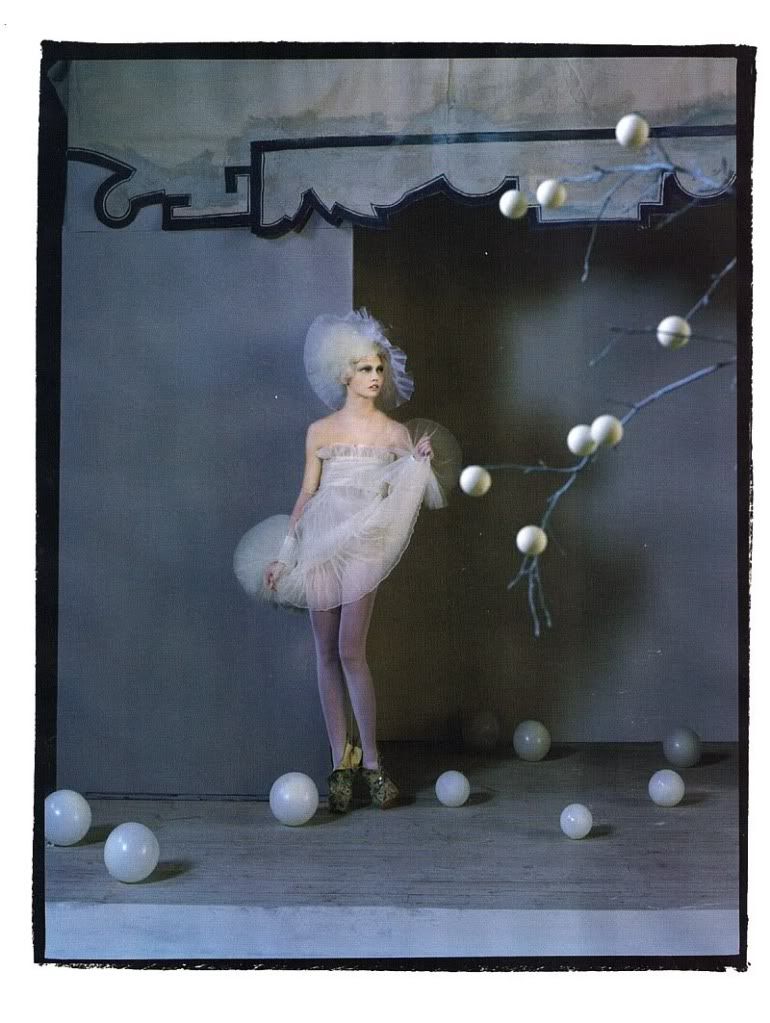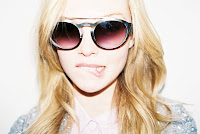Thursday, February 11, 2010
Tragic
Rest in Paradise, Alexander McQueen
Mr. McQueen’s family did not make a statement about the cause of death, but a spokesman for the Metropolitan Police said it was not being treated as suspicious. A representative of Mr. McQueen, who would not speak for attribution, said the cause was apparently suicide.
Mr. McQueen’s death stunned the hundreds of international magazine editors and store buyers who had just convened in Manhattan for the first day of the fall collections at New York Fashion Week at Bryant Park.
Mr. McQueen often showed a dark streak in his collections, commenting on brutality toward women and what he saw as the inanity of the fashion world, and it carried over into his personal life. Though he had an acknowledged history of drug abuse and wild behavior, close friends said they were surprised by the news of his death. He had been deeply affected, in 2007, by the suicide of Isabella Blow, the eccentric stylist who had championed him, and he was said to be devastated by the death of his mother, Joyce, on Feb. 2, after a long illness.
“Creativity is a very fragile thing, and Lee was very fragile,” said the milliner Philip Treacy, who had worked with Mr. McQueen. He said he last saw the designer two weeks ago, when Mr. McQueen was preparing the fall collection that was to be presented in Paris on March 9.
“It’s not easy being Mr. McQueen,” Mr. Treacy said. “We’re all human. His mum had just died. And his mum was a great supporter of his talent.”
At the beginning of his career, Mr. McQueen became a sensation for showing his clothes on ravaged-looking models who appeared to have been physically abused, institutionalized or cosmetically altered, all while peppering his audience with rude comments. “I’m not interested in being liked,” he said. He once mooned the audience of his show.
But he was enormously creative and intelligent, and he seemed to sense that the fashion industry needed to have its buttons pushed. His fall 2009 collection was the talk of Paris when, reacting to the recession, Mr. McQueen showed exaggerated versions of all of his past work on a runway strewn with a garbage heap of props from his former stage sets. He was suggesting that fashion was in ruins.
“The turnover of fashion is just so quick and so throwaway, and I think that is a big part of the problem,” he said. “There is no longevity.”
In his work, Mr. McQueen drew on Orientalism, classicism and English eccentrics, and also his ideas about the future, combining them in ways that were complex and perplexing.
As designers have done for centuries, Mr. McQueen altered the shape of the body using corsetry and anatomically correct breast plates as a recurring motif. More recently, his work took on increasingly futuristic tones, with designs that combined soft draping with molding, or ones in which a dress seemed to morph into a coat. At his last show, in October, the models wore platform shoes that looked like the hulls of ships.
Lee Alexander McQueen was born in London on March 17, 1969. His father was a taxi driver; his mother was a social science teacher. His father wanted him to become an electrician or a plumber, but Lee, as he was always known, knew he wanted to work in fashion. His father, Ron McQueen, survives him, as do five siblings.
Aware of his homosexuality at an early age (he said he knew at age 8), he was taunted by other children, who called him “McQueer.” He left school at 16 and found an apprenticeship on Savile Row working for the tailors Anderson & Sheppard and then Gieves & Hawkes. In a story he repeated on some occasions but at other times denied, he was bored one day and wrote a derogatory slur in the lining of a jacket destined for the Prince of Wales.
“His was a hard show to take, but at least it offered one solution to the identity crisis of London fashion,” wrote Amy M. Spindler, then the fashion critic of The New York Times.
In March 1995, at his most controversial, Mr. McQueen dedicated his fall collection to “the highland rape,” a pointed statement about the ravaging of Scotland by England. The models appeared to be brutalized, wearing lacy dresses with hems and bodices ripped open, their hair tangled and their eyes blanked out with opaque contact lenses. This had come on the heels of a spring collection that, paradoxically, was full of precisely tailored suits and crisp shirts.
He was called an enfant terrible and the hooligan of English fashion. The monstrous, sometimes sadistic, styling of his collections became a hallmark, as when he showed models wearing horns on their shoulders. A collection in 2000 was shown on models with their heads bandaged, stumbling inside a large glass-walled room with the audience on the outside as if its members were looking into a mental ward. But many of these motifs were actually based on historic scenes, from the paintings of Hieronymus Bosch to the films of Stanley Kubrick. Mr. McQueen once said he had sewn locks of human hair into his jackets as a nod to Jack the Ripper.
“Nicey nicey just doesn’t do it for me,” he said.
In 1996, Mr. McQueen received an offer from LVMH, the luxury conglomerate, to be the designer of the white-glove couture label founded by Hubert de Givenchy, whose elegant little black dresses had been immortalized by Audrey Hepburn. Mr. McQueen, who succeeded John Galliano in the role, stoked the fires of the French press, however, when he dismissed Mr. de Givenchy’s past work as “irrelevant.” But the move enabled Mr. McQueen, who had struggled financially, to do something he had always wanted: to buy a house for his mother.
Though he worked for Givenchy until 2001, his tenure did not produce remarkable notices, other than frequent reports of bickering between him and management. His departure was typically confrontational. He shocked his employers by selling the majority stake of the Alexander McQueen label to LVMH’s biggest rival, the Gucci Group. The investment allowed him to show his own clothes in Paris, alongside the major French houses.
Wednesday, February 10, 2010
Hydroxi
Where Has it Gone?


Angel
Christian Dior Pre-Fall 2010

Monday, February 8, 2010
The Gift that keeps on Giving
Doll
